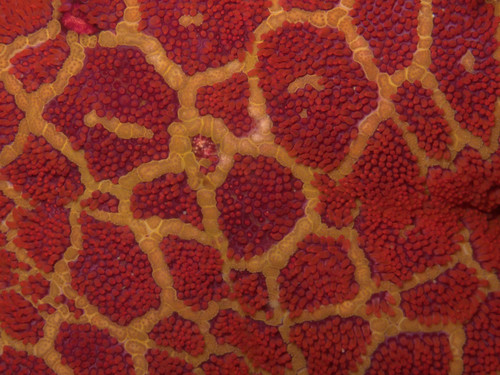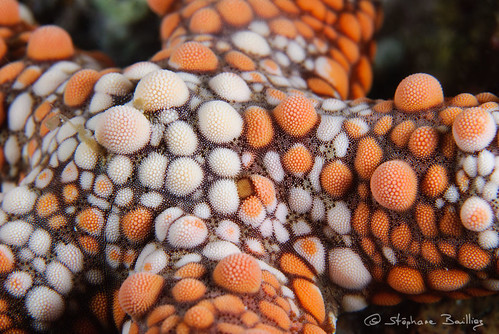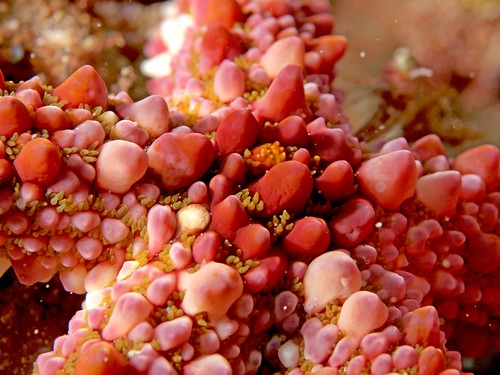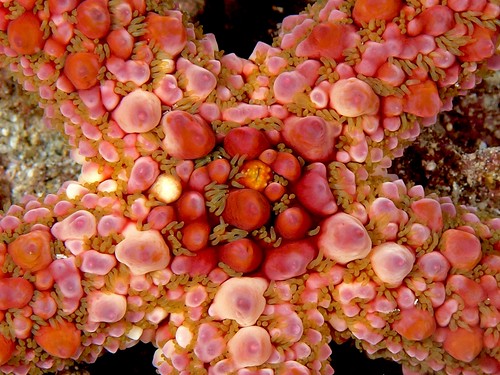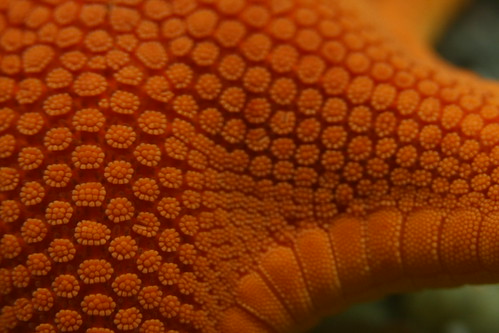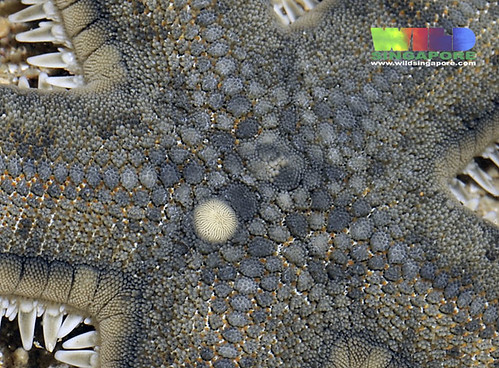 |
| Image by Arthur Anker! |
Image by the always awesome Arthur Anker! (Straits of Johore Biodiversity Survey, Oct 2012)
This week, owing to "crunch time" on my trip and being up to my arm pits in Antarctic starfish- you get a nice photo essay about sea spiders (btw-not arachnids) aka pycnogonids! Not echinoderms but arthropods!
Mostly of these are pretty tiny, which is why most people never see them, but the details are everything! I was told once by one of my professors many years ago that you could go your whole life and never see one of these-wow! times have changed...
From the Great Barrier Reef, Australia (probably Anoplodactylus sp.)
 |
| Image by Arthur Anker! |
Some neat south African pcynogonids in the Florida Museum of Natural History collections
 |
| Image by Arthur Anker! |
Shown this one before (from St. Martin) -but its amazing so here it is again!
 |
| Image by Arthur Ankder |
A neat one from Grand Cayman.
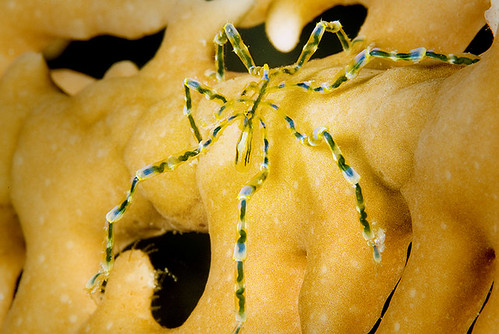 |
| Image by Courtney Platt |
This one identified as Nymphon breviostre but not sure where its from... Images by Alexander Semenov
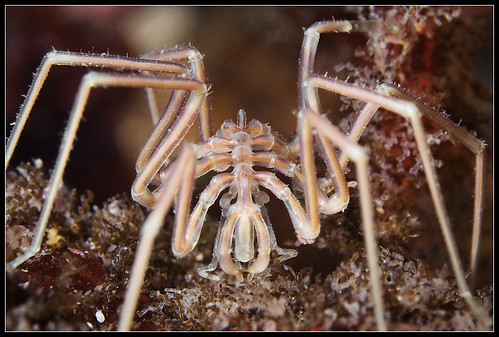 |
| Image by Alexander Semenov |
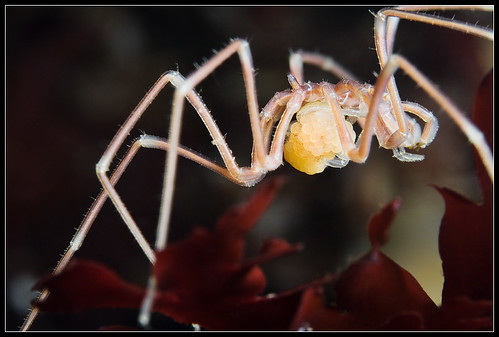 |
| image by Alexander Semenov |
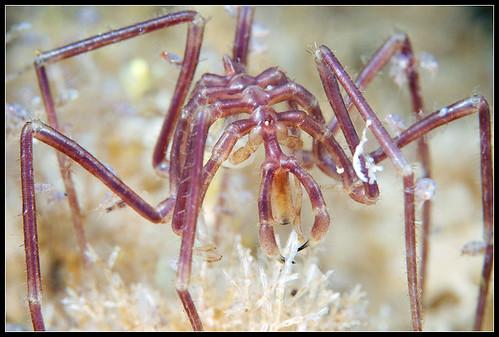 |
| Image by Alexander Semenov |
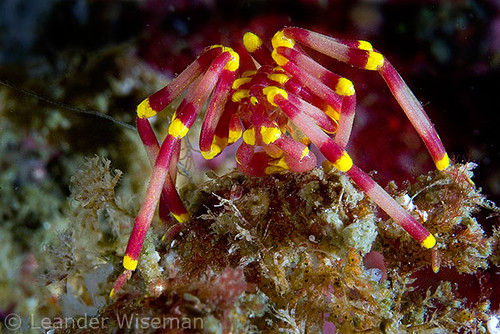 |
| Image by Leander Wiseman |
Pallenopsis macneilli from Port Phillip, Australia
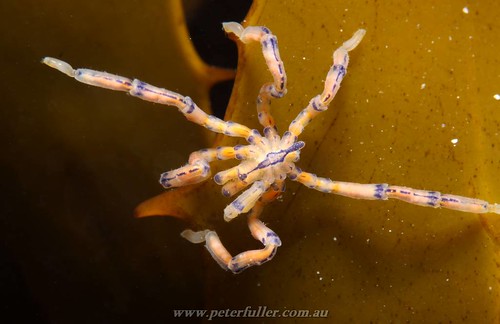 |
| Image by Peter Fuller |
Yikes. This one looks overrun by wee sea spiders!
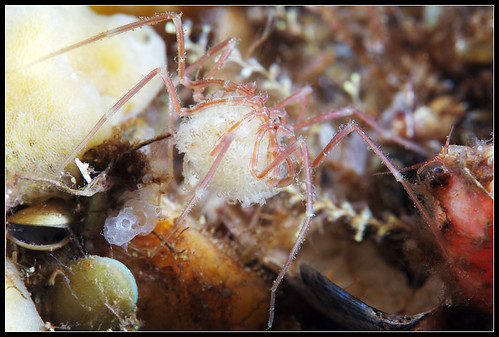 |
| by A. Semenov |
 |
| Images by Alexander Semenov |
Here's one of the deep-sea taxa, possibly Colossendeis. They get to be over 7 inches across! This one looks big..
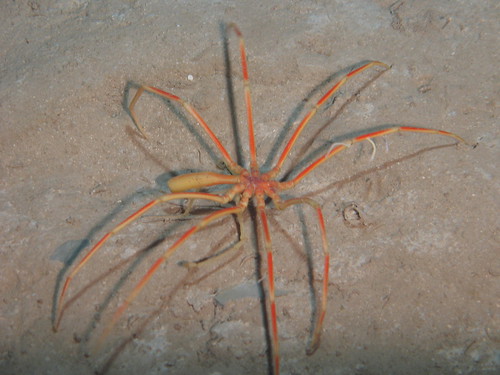 |
| by the SERPENT project |
Sea Spiders from liquidguru on Vimeo.
And thanks to NEPTUNE Canada for reminding me about this neat video of a giant deep-sea sea-spider moving!




































